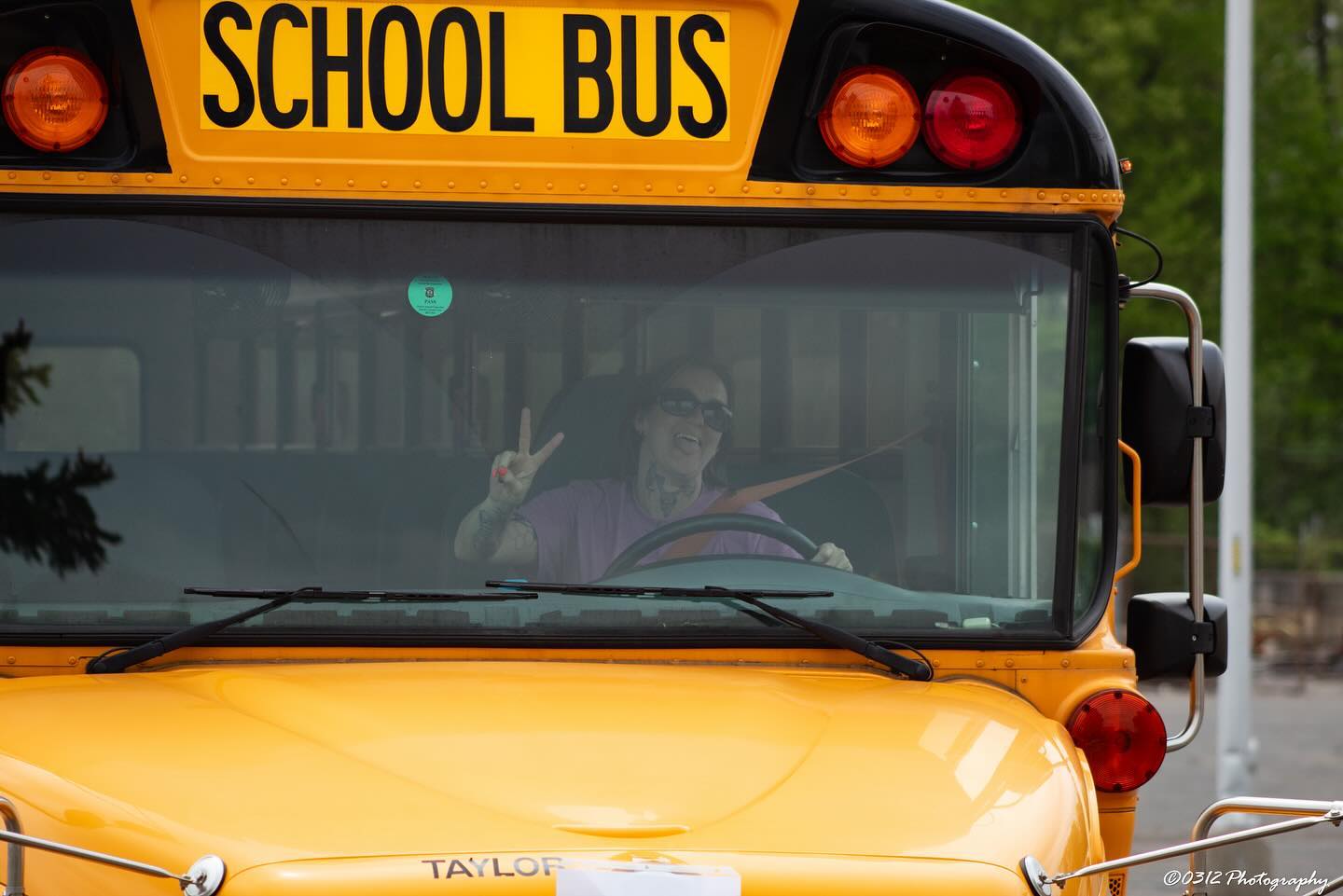
The Ultimate Guide to School Bus Transportation
Introduction
Let’s be honest—getting kids to school on time every day can be chaotic. That’s where school bus transportation steps in like a superhero in yellow armor. It’s more than just a ride; it’s a lifeline to education for millions of students. Whether you’re a parent, teacher, or just someone stuck behind a school bus at 7 AM, this system affects us all.
The Role of School Bus Transportation in Education
Ensuring Access to Education
School buses ensure that every child, regardless of where they live, can attend school. In rural or underserved areas, they’re sometimes the only feasible way to reach school.
Promoting Punctuality and Attendance
Buses operate on strict schedules, making students more likely to arrive on time. Consistent attendance is a crucial factor in academic success.
Types of School Bus Services
Public School Buses
These are funded and operated by the government. They’re free for students and cover designated routes.
Private School Transportation
Some private schools offer specialized bus services, often with added amenities like AC or GPS updates.
Special Needs Transportation
Designed to accommodate students with physical or cognitive challenges, these buses come with features like wheelchair lifts and trained aides.
School Bus Safety Standards
Mandatory Safety Equipment
Every school bus is a fortress of safety gear—flashing lights, cross-view mirrors, stop-sign arms, and high-backed seats.
Driver Training and Certification
Drivers go through rigorous background checks and training programs before getting behind the wheel.
Emergency Protocols on Buses
Kids are trained on evacuation drills, and buses come with fire extinguishers and first aid kits.
Benefits of Using School Bus Transportation
Convenience for Parents
No more morning traffic stress or rearranging your work schedule—it’s a massive relief for families.
Reducing Traffic Congestion
Fewer individual car trips to school means less gridlock around school zones.
Environmental Impact
Believe it or not, school buses are more fuel-efficient per student than private vehicles. One bus replaces 36 cars on average!
Challenges in School Bus Transportation
Budget Constraints
Districts often struggle to keep up with maintenance, wages, and fuel costs.
Driver Shortages
Many regions are facing a severe shortage of qualified drivers—leading to delays and overworked staff.
Route Planning Complexities
Creating optimal routes that are time-efficient and fuel-saving is an ongoing headache for transportation coordinators.
Technology in School Bus Transportation
GPS Tracking and Apps for Parents
No more guessing if the bus is late—real-time updates bring peace of mind.
RFID and Attendance Systems
Kids swipe in and out, helping schools keep accurate attendance records.
Fleet Management Software
Districts now use software to monitor fuel usage, maintenance schedules, and route efficiency.
School Bus Laws and Regulations
Federal Guidelines
The National Highway Traffic Safety Administration (NHTSA) oversees core safety requirements.
State-Specific Rules
Each state has its own rules for stop-arm violations, driver qualifications, and more.
Legal Liability and Compliance
Failing to follow these laws can lead to heavy fines or lawsuits for school districts.
Environmental Impact and Green Buses
Emissions from Traditional Buses
Diesel fumes aren’t great for kids or the planet. Old buses can be serious polluters.
Introduction of Electric School Buses
Many districts are going electric—clean, quiet, and surprisingly cost-efficient over time.
Long-Term Sustainability
Sustainable transport is more than a trend—it’s becoming the new norm in education systems.
Cost of School Bus Transportation
How Schools Budget for Transportation
It’s often a significant chunk of a school district’s budget—sometimes 10-15%.
Funding Sources
Funding may come from local taxes, federal grants, or state transportation departments.
Costs to Parents (if any)
In some areas, parents pay a fee—especially for private or magnet schools.
Role of Parents and Communities
Advocating for Safer Routes
Community pressure often leads to more crosswalks, better signage, and stricter speed zones near schools.
Involvement in Policy Making
PTAs and community boards frequently weigh in on transportation policies.
Educating Kids on Safety
Parents play a big role in teaching kids to behave and stay safe on the bus.
School Bus Driver’s Role
More Than Just Driving
Drivers often double as mentors, guardians, and the first friendly face kids see each day.
Building Student Relationships
A trusted driver can make a huge difference in a child’s comfort and confidence.
Managing Behavior Onboard
Drivers are trained in conflict resolution, sometimes better than substitute teachers!
School Bus Design and Features
Modern Bus Designs
Today’s buses are sleeker, quieter, and better ventilated.
Comfort and Accessibility
Many buses now offer padded seating, air conditioning, and wheelchair access.
Safety Innovations
Think seatbelt laws, lane departure alerts, and rear-view cameras.
Preparing Children for the Bus Ride
Teaching Bus Etiquette
“Don’t push,” “Stay seated,” and “Use indoor voices”—basic but essential.
Safety Rules Every Child Should Know
Look both ways before crossing, listen to the driver, and never go behind the bus.
What to Do in Case of Emergency
Practice drills and knowing how to exit safely can save lives.
The Future of School Bus Transportation
Autonomous Buses
Still a few years away, but the concept is gaining momentum.
Increased Sustainability Measures
Think solar-powered buses and carbon offset programs.
Smart Transportation Integration
Integration with school systems, smart city grids, and real-time data analytics will soon be standard.
Conclusion
School bus transportation might seem like a simple service, but it’s a complex, evolving system that plays a vital role in education. From safety and technology to sustainability and community involvement, it’s the backbone of daily learning for millions of kids. So next time you see that iconic yellow bus, give it a nod—it’s doing a lot more than just driving down the road.
FAQs
1. What age can a child start riding the school bus?
Typically, children can start riding the school bus in kindergarten, around age 5, though this varies by district.
2. How safe is school bus transportation?
School buses are among the safest vehicles on the road, with strict regulations and trained drivers.
3. Are there any apps for real-time school bus tracking?
Yes! Apps like SafeStop, Here Comes the Bus, and BusWhere allow parents to track buses in real time.
4. How are school bus drivers trained?
Drivers undergo background checks, driving tests, classroom training, and ongoing evaluations.
5. Is there a movement toward electric school buses?
Absolutely! Many states are rolling out electric bus fleets to reduce emissions and save on fuel costs.


Add Comment